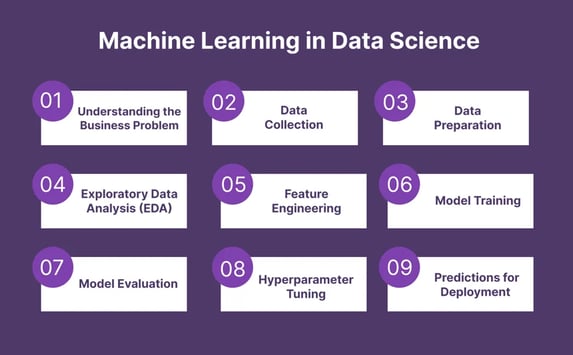Regression and classification are of primary importance to a data scientist. To achieve these goals, one of the main tools a data scientist uses is machine learning. The uses for regression and automatic classification are wide ranging, such as the following:
- Finding oil fields, gold mines, or archeological sites based on existing sites (classification and regression)
- Finding place names or persons in text (classification)
- Identifying people based on pictures or voice recordings (classification)
- Recognizing birds based on their whistle (classification)
- Identifying profitable customers (regression and classification)
- Proactively identifying car parts that are likely to fail (regression)
- Identifying tumors and diseases (classification)
- Predicting the amount of money a person will spend on product X (regression)
- Predicting the number of eruptions of a volcano in a period (regression)
- Predicting your company’s yearly revenue (regression)
- Predicting which team will win the Champions League in soccer (classification)
Occasionally data scientists build a model (an abstraction of reality) that provides insight to the underlying processes of a phenomenon. When the goal of a model isn’t prediction but interpretation, it’s called root cause analysis. Here are a few examples:
- Understanding and optimizing a business process, such as determining which products add value to a product line
- Discovering what causes diabetes
- Determining the causes of traffic jams
This list of machine learning applications can only be seen as an appetizer because it’s ubiquitous within data science. Regression and classification are two important techniques, but the repertoire and the applications don’t end, with clustering as one other example of a valuable technique.


